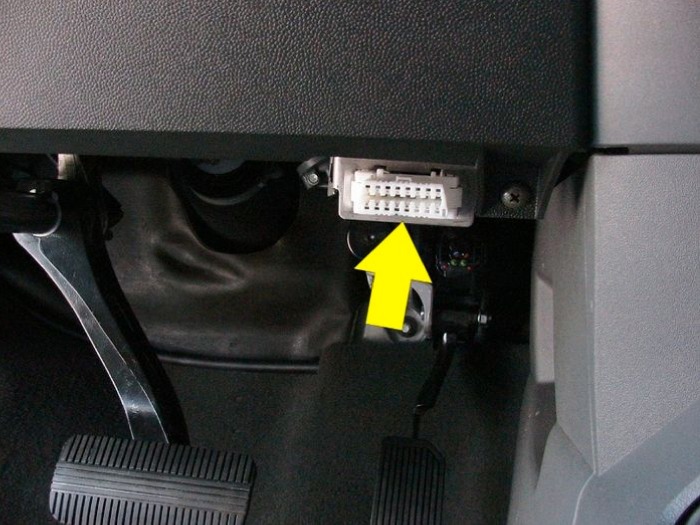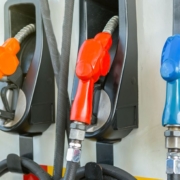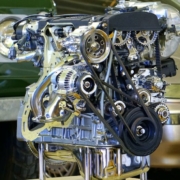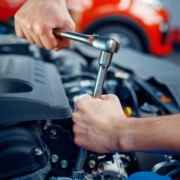Unraveling the Mystery of Plug-In Performance Chips: How Do They Work?
If you’re a car enthusiast looking to boost your vehicle’s performance, you might have come across plug-in performance chips. These small devices have gained popularity among automotive enthusiasts for their ability to improve engine power, increase fuel efficiency, and enhance overall driving performance. In this article, we will delve into the fascinating world of plug-in performance chips and uncover how they work to deliver those impressive results.
What Are Plug-In Performance Chips?
Plug-in performance chips, also known as OBD-II performance chips or tuning chips, are aftermarket devices designed to optimize a car’s engine performance. They are small electronic modules that plug directly into the vehicle’s On-Board Diagnostic (OBD-II) port, which is usually located beneath the dashboard.
The Science Behind Plug-In Performance Chips
Understanding Engine Control Units (ECUs)
To comprehend how plug-in performance chips work, we need to understand the role of Engine Control Units (ECUs). An ECU is a computer that manages various aspects of the engine’s operation, including fuel injection, ignition timing, and air-fuel ratio. It constantly gathers data from sensors positioned throughout the engine and makes real-time adjustments to ensure optimal performance.
How Plug-In Performance Chips Interface with ECUs
Plug-in performance chips communicate with the vehicle’s ECU to modify the factory settings. They override some of the ECU’s default parameters, such as air-fuel mixture, timing, and boost pressure. By doing so, they can unleash the hidden potential of the engine and improve its overall efficiency.
The Benefits of Plug-In Performance Chips
Increased Engine Power
One of the primary advantages of using plug-in performance chips is the noticeable increase in engine power. By adjusting the fuel-to-air ratio and ignition timing, the chips optimize the combustion process, resulting in more power being delivered to the wheels.
Enhanced Fuel Efficiency
Contrary to popular belief, some plug-in performance chips can improve fuel efficiency when the engine operates at lower RPMs. By fine-tuning the engine’s settings, the chips promote more efficient fuel combustion, leading to better mileage.
Improved Throttle Response
With a plug-in performance chip, the throttle response becomes more immediate and precise. This means that when you press the accelerator pedal, the engine reacts faster, providing a smoother and more enjoyable driving experience.
Better Torque and Towing Capabilities
The increased power and torque generated by the plug-in performance chips are particularly beneficial for towing heavy loads. If you frequently use your vehicle for towing or hauling, these chips can significantly enhance its capabilities.
Potential for Custom Tuning
Some plug-in performance chips offer customization options, allowing users to fine-tune the settings according to their preferences. This flexibility allows for a personalized driving experience.
 How to Install a Plug-In Performance Chip
How to Install a Plug-In Performance Chip
Installing a plug-in performance chip is relatively straightforward, but can vary based on where you buy it from. Here’s a step-by-step guide on how to install Rocket Chip’s Boost+ Chip:
- Find the OBD2 port (usually under the dashboard on the driver’s side).
- Start the vehicle’s motor and wait 10-15 seconds.
- Plug the Rocket Chip into the OBD2 port with our Quick Connect Technology, there is no wait time. Plug in and go.
- Drive as normal. After 50-150 total miles, you’ll be able to fully test the benefits.
Conclusion
Plug-in performance chips are an enticing option for car enthusiasts seeking to enhance their vehicle’s performance. By optimizing engine parameters and offering customization possibilities, these chips can significantly improve engine power, fuel efficiency, and overall driving experience.















Leave a Reply
Want to join the discussion?Feel free to contribute!